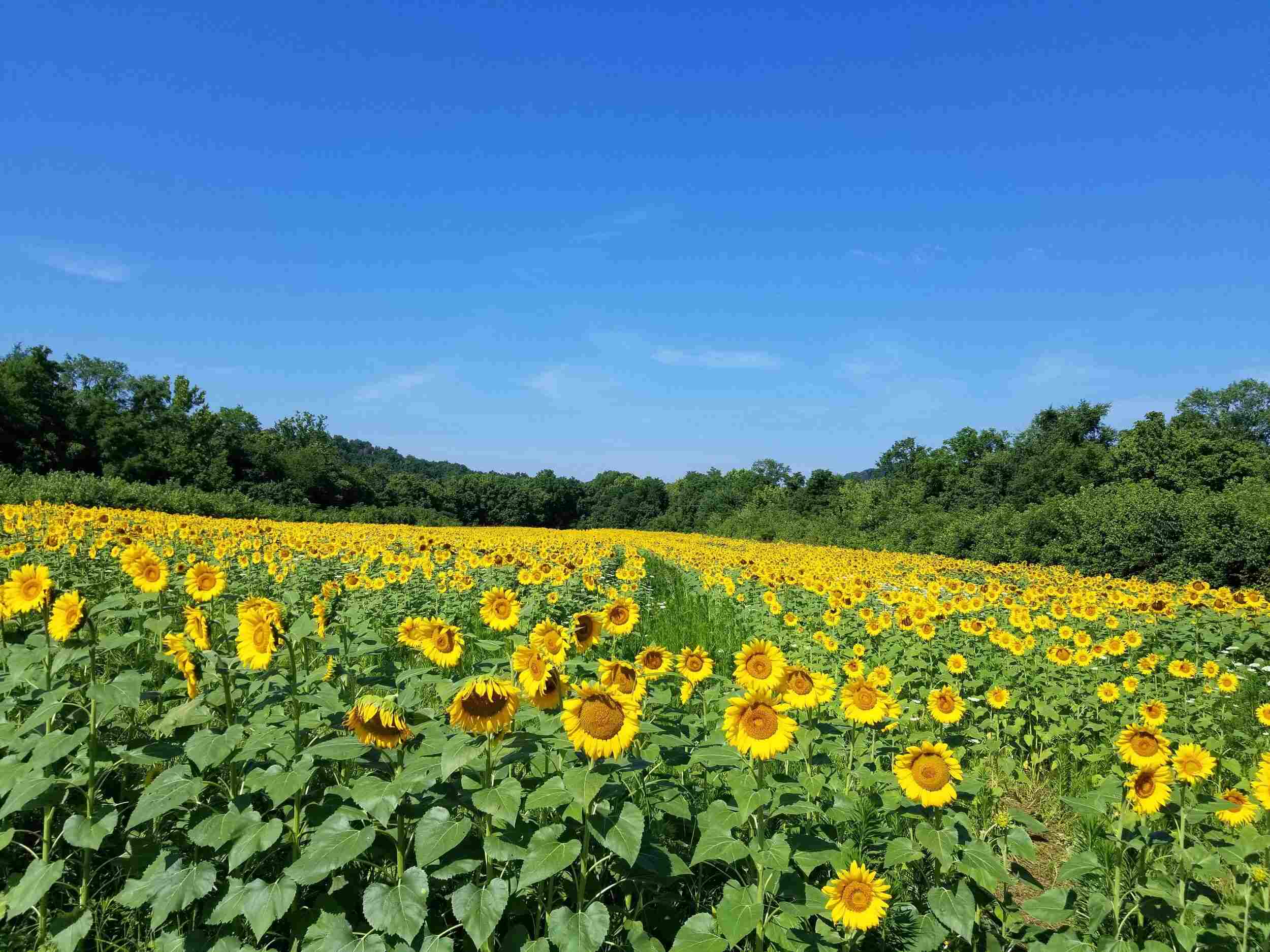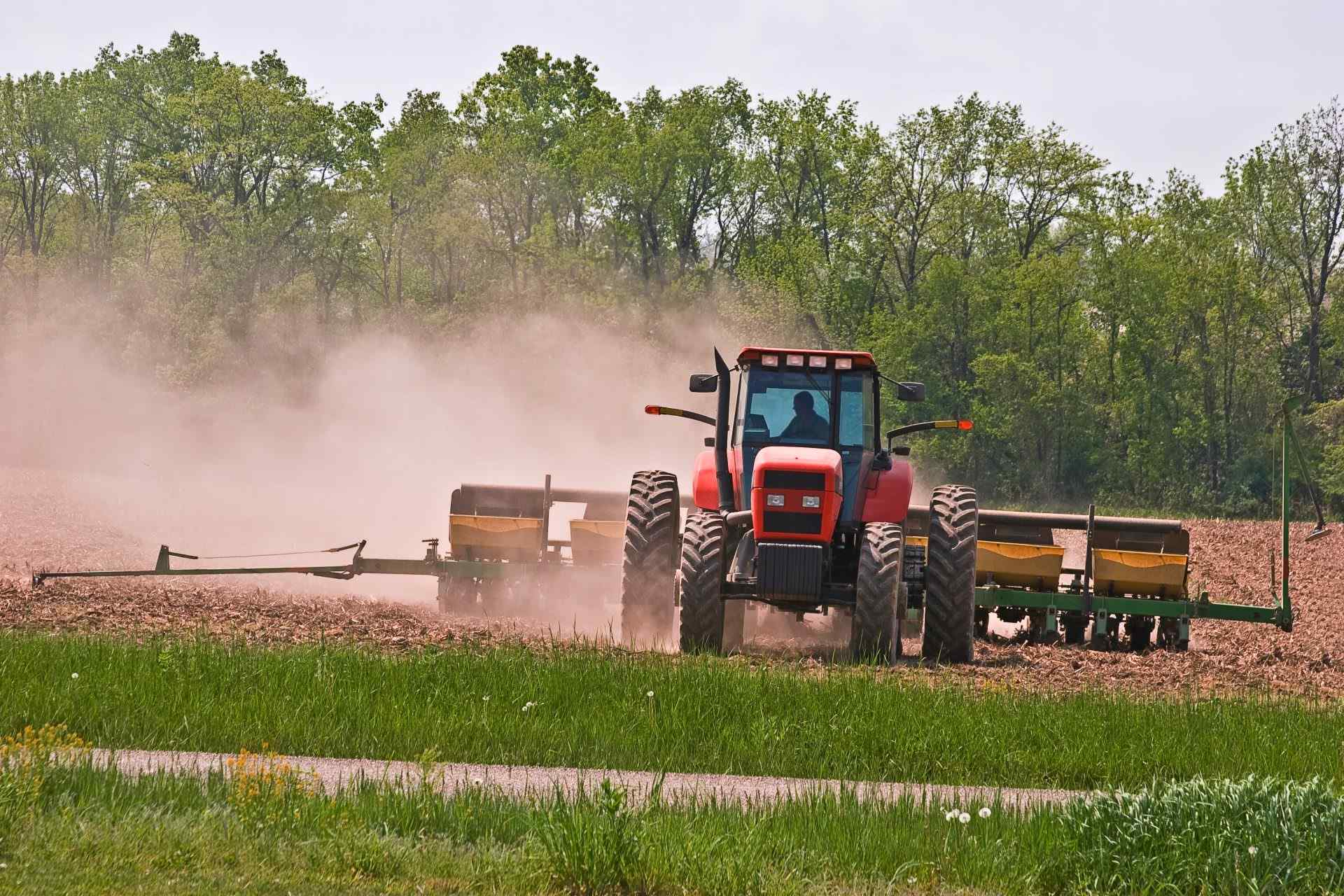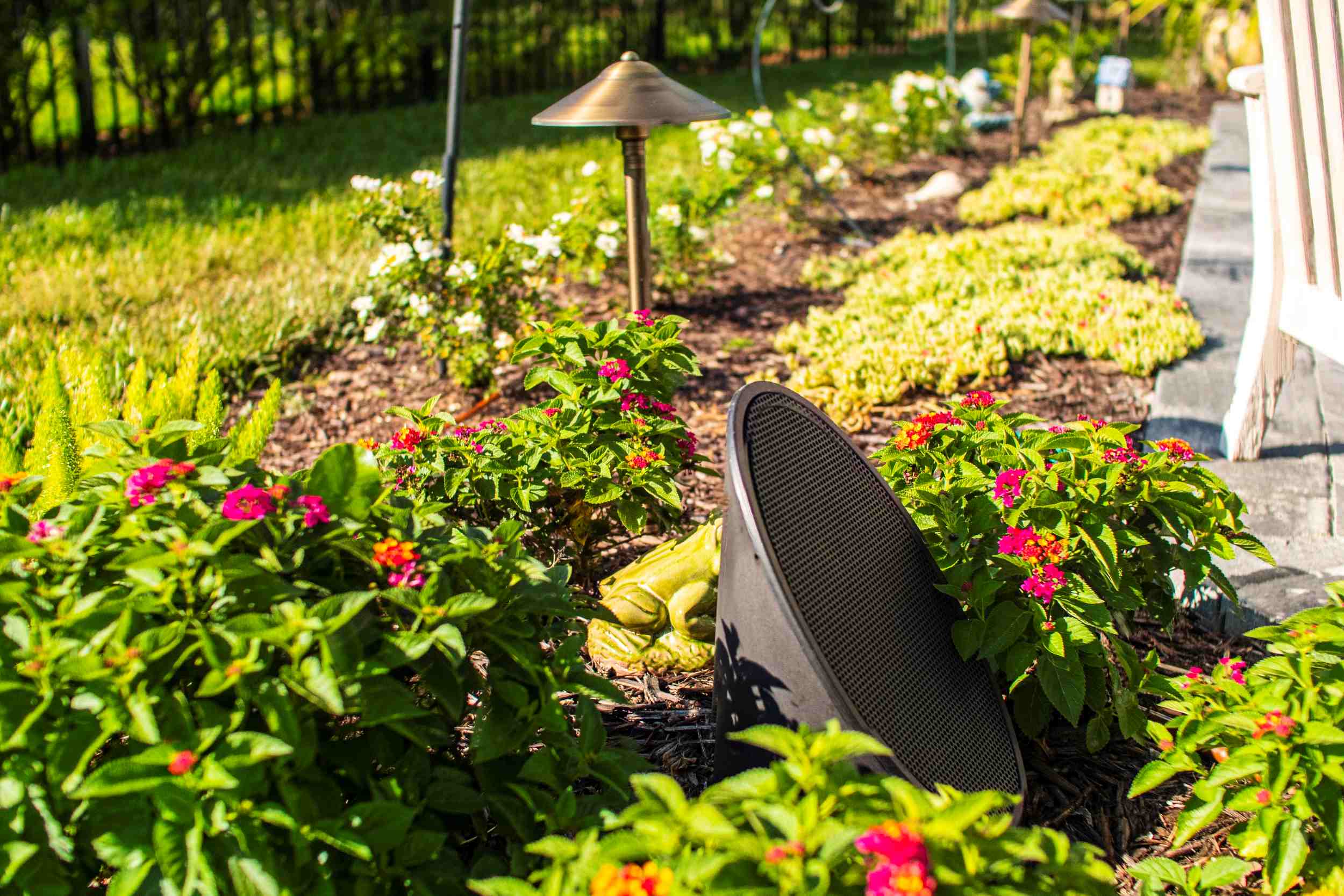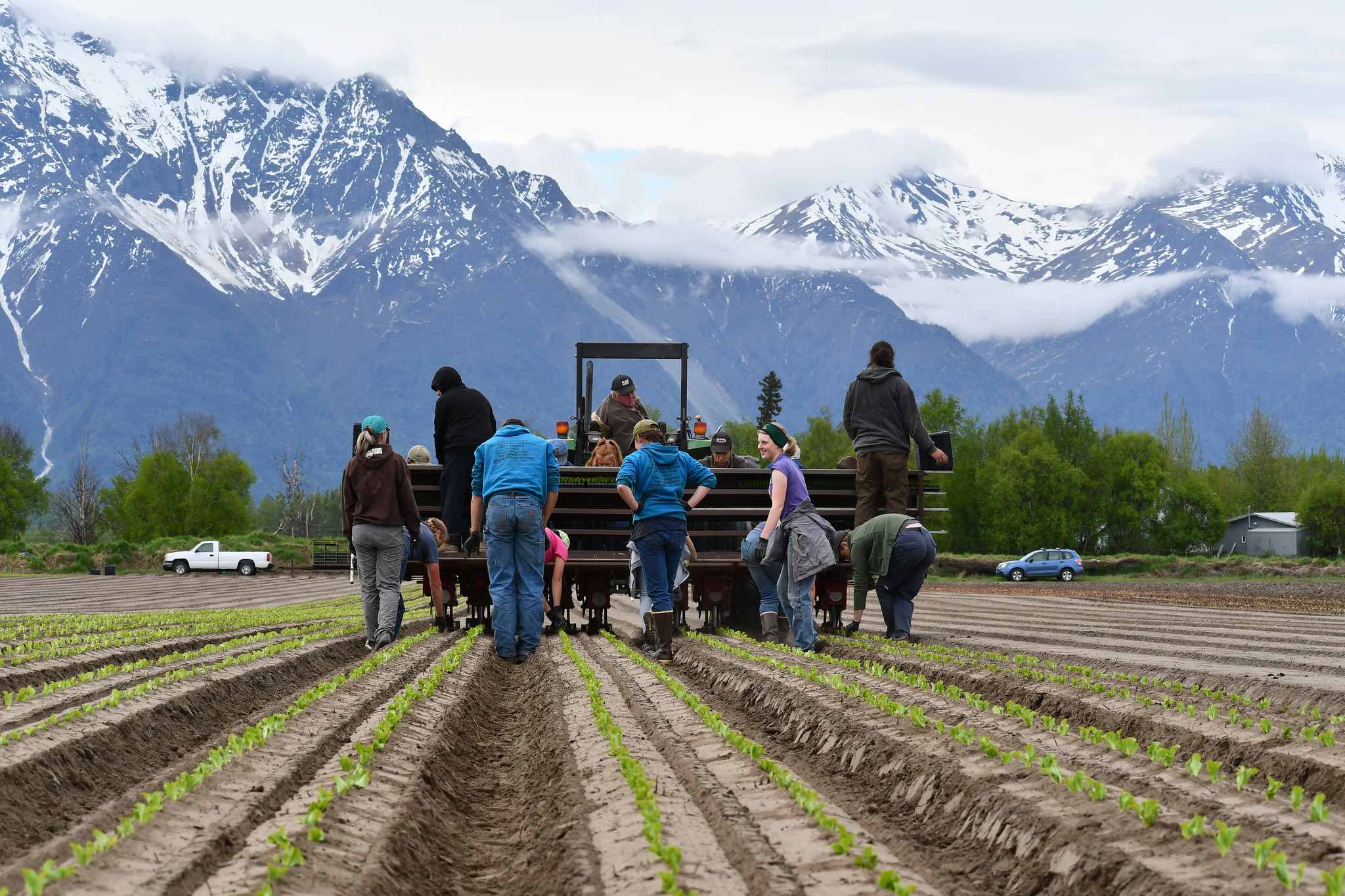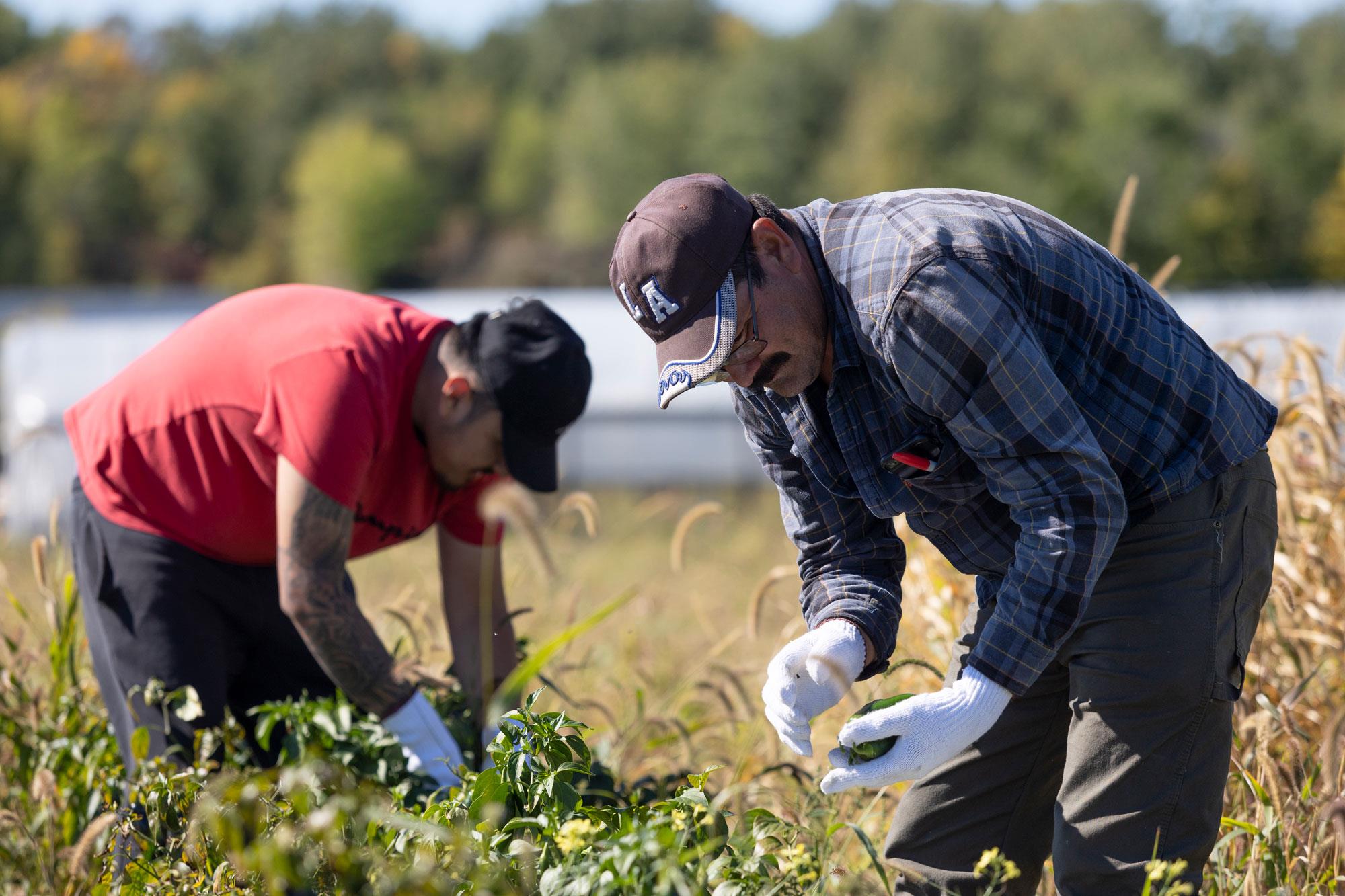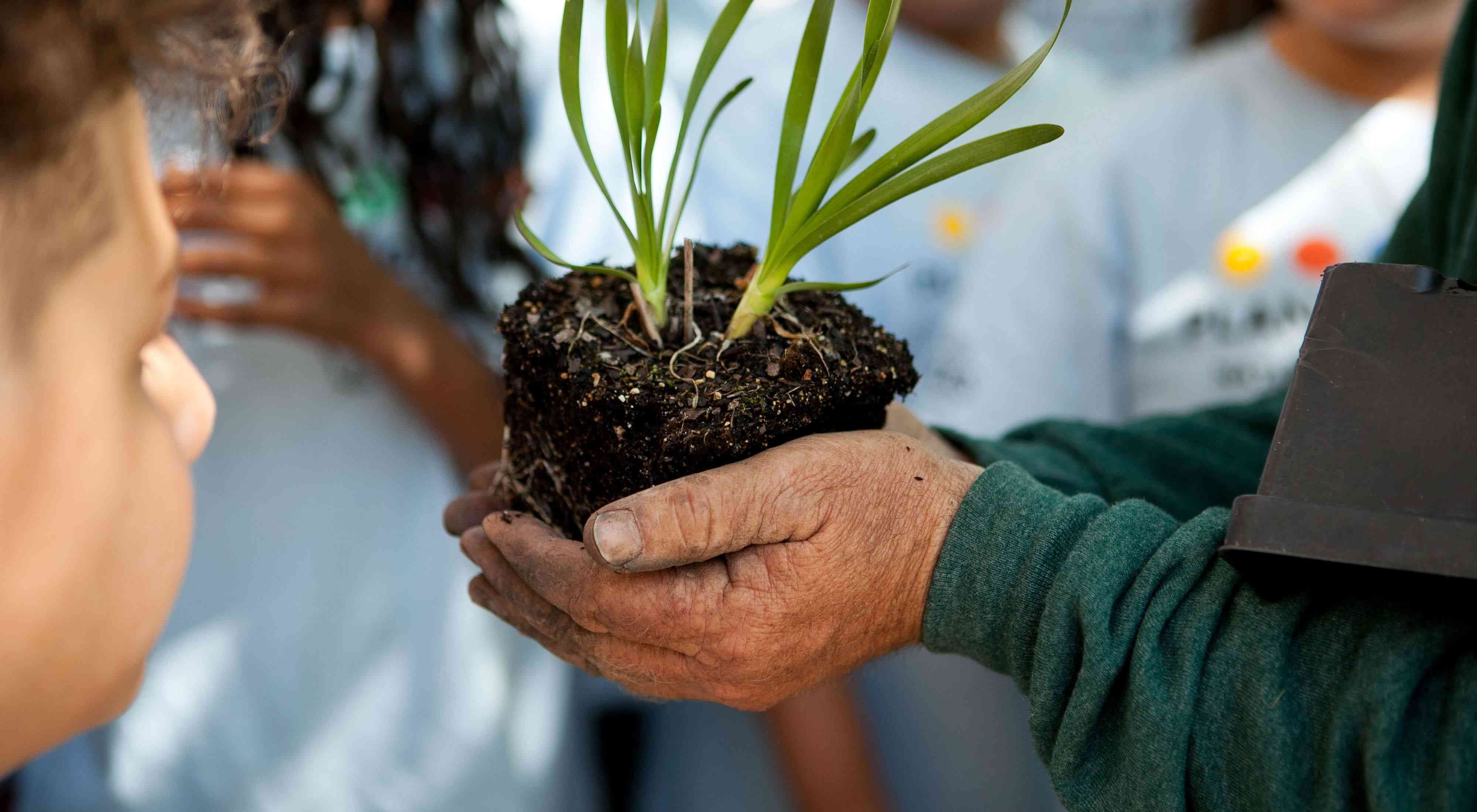Home>Gardening Basics>Understanding Soil>What Planting Zone Is Vermont
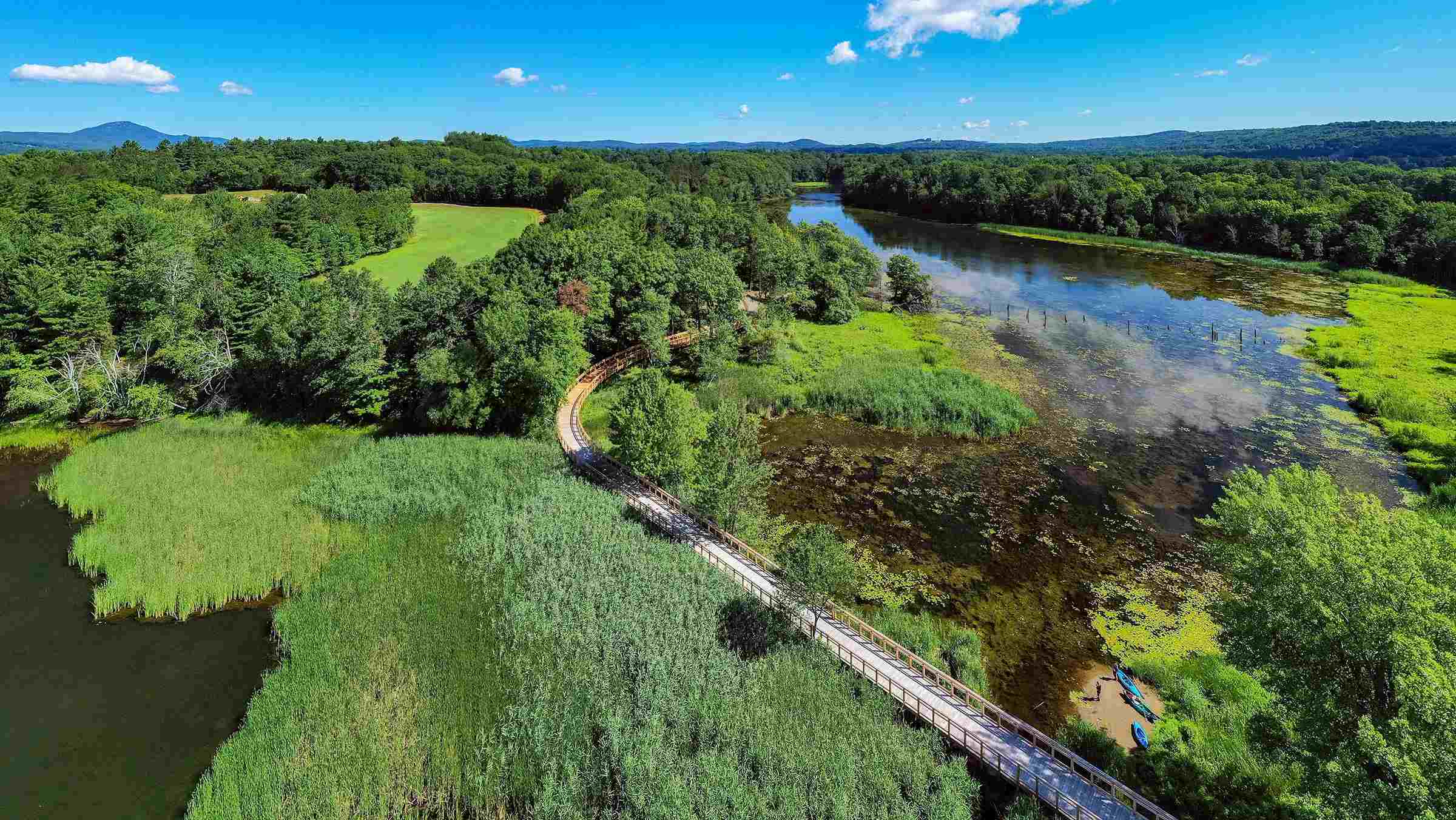

Understanding Soil
What Planting Zone Is Vermont
Modified: January 22, 2024
Learn about the planting zone in Vermont and gain a better understanding of soil conditions necessary for successful gardening.
(Many of the links in this article redirect to a specific reviewed product. Your purchase of these products through affiliate links helps to generate commission for Chicagolandgardening.com, at no extra cost. Learn more)
Table of Contents
Introduction
If you live in Vermont or are planning to start a garden in the state, understanding the concept of planting zones is essential. Planting zones, also known as hardiness zones, serve as a guide to determine which plants will thrive in a specific region. These zones provide valuable information about the climate and environmental conditions of an area, helping gardeners make informed decisions about what to plant.
Vermont, located in the northeastern part of the United States, experiences a diverse climate and varying soil conditions. To successfully cultivate a garden in Vermont, it is crucial to have a comprehensive understanding of the state’s planting zone.
There are several factors that influence the planting zone in Vermont, such as temperature, elevation, and proximity to bodies of water. By considering these factors, gardeners can make educated choices about the types of plants that will flourish in their gardens.
In this article, we will explore the factors that contribute to Vermont’s planting zone and provide recommendations on suitable plants for each zone. Whether you are an experienced gardener or just starting out, this information will help you create a thriving and beautiful garden in Vermont.
Understanding Planting Zones
Planting zones are a system developed by the United States Department of Agriculture (USDA) to categorize regions based on their average minimum temperatures. This system is known as the USDA Hardiness Zone Map and is widely used by gardeners to determine which plants are likely to thrive in a given area.
The map divides the United States into 13 zones, ranging from Zone 1 (coldest) to Zone 13 (warmest). Each zone is further divided into subzones, making it more specific and accurate for gardening purposes.
The primary factor used to determine a planting zone is the average annual minimum temperature of the region. However, other factors such as elevation, proximity to bodies of water, and microclimates also play a role in defining the characteristics of a planting zone.
Understanding your planting zone is crucial because it provides valuable information about the specific climatic conditions in your area. This knowledge allows you to choose plants that are well-suited for your zone, ensuring their survival and success in your garden.
It is important to note that planting zone maps are not the sole factor to consider when gardening. Factors such as soil type, sunlight exposure, and moisture levels must also be taken into account. However, planting zones serve as a useful starting point for selecting appropriate plants for your garden.
By understanding the characteristics of your planting zone, you can make informed decisions about the types of plants that are likely to thrive in your area. This knowledge will help you select plants that are hardy enough to withstand the climatic conditions of your region, leading to a flourishing and successful garden.
Factors Affecting Vermont’s Planting Zone
Several factors contribute to Vermont’s planting zone, making it a unique and diverse region for gardening. Understanding these factors will help you choose the right plants and ensure their success in your garden.
1. Temperature: Vermont experiences a cold and temperate climate, with long, cold winters and relatively short summers. The state’s planting zone is primarily determined by its average annual minimum temperature. The higher the zone number, the milder the winters and the longer the growing season.
2. Elevation: Vermont’s diverse topography, with its mountain ranges and valleys, also affects the planting zone. Higher elevations tend to have cooler temperatures, shorter growing seasons, and more challenging growing conditions.
3. Proximity to bodies of water: Vermont is home to several lakes and rivers, including Lake Champlain. These bodies of water can have a moderating effect on the climate, buffering extreme temperature fluctuations. Areas closer to water bodies may experience milder winters and longer growing seasons.
4. Microclimates: Vermont has a variety of microclimates within its borders. Microclimates are small-scale climate variations that occur within a larger climate zone. Factors such as sunlight exposure, wind patterns, and the presence of hills or valleys can create different growing conditions within a single planting zone.
5. Soil conditions: The soil composition in Vermont varies across the state. Some areas have fertile, well-draining soils, while others may have heavy clay or rocky soils. Understanding the characteristics of your soil will help you select plants that are well-suited for its specific conditions.
When planning your garden in Vermont, it is important to consider these factors to determine the specific planting zone within the state. By understanding the unique characteristics of your zone, you can make informed decisions about the types of plants that will thrive in your garden and create an environment conducive to their growth.
Determining Vermont’s Planting Zone
Determining Vermont’s planting zone is an essential step in successfully planning and growing your garden. By knowing your specific planting zone, you can select plants that are well-suited to the climate and environmental conditions of your area.
The most reliable and widely used resource for determining Vermont’s planting zone is the USDA Hardiness Zone Map. This map divides the United States into zones based on average annual minimum temperatures. To determine your planting zone in Vermont, find your location on the map and identify the corresponding zone number.
In addition to the USDA Hardiness Zone Map, there are other online resources and tools that can assist in determining your planting zone. Many gardening websites provide interactive maps where you can enter your zip code or address to find your specific zone.
It is important to remember that planting zone maps provide a general guideline, but local variations, microclimates, and other factors can influence the specific growing conditions in your area. Observing your local weather patterns, consulting with local gardening experts, and considering factors such as elevation and proximity to bodies of water can provide additional insights into the conditions specific to your location.
Once you have determined your planting zone, it is helpful to research plants that are well-suited for that zone. Many plant catalogs and nursery websites provide information on the hardiness zones of the plants they offer. Selecting plants that are recommended for your zone increases the likelihood of their success in your garden.
Keep in mind that planting zone maps may change over time due to shifting climate patterns. It is advisable to periodically check for updated zone maps to ensure you have the most accurate information.
Determining Vermont’s planting zone is an essential step in gardening success. By using resources such as the USDA Hardiness Zone Map and considering local factors, you can select the right plants and create a thriving garden that is well-suited to the unique conditions of your zone.
Planting Recommendations for Vermont’s Zone
Once you have determined your planting zone in Vermont, it’s time to select plants that are well-suited to thrive in your specific climate and growing conditions. Here are some planting recommendations for Vermont’s zone:
1. Perennial Flowers: Perennial flowers are a great choice for Vermont’s planting zone. They come back year after year and are adapted to withstand the state’s colder winters. Some popular perennial flowers for Vermont include lavender, coneflowers, daylilies, and black-eyed Susans.
2. Leafy Greens and Vegetables: Vermont’s cooler climate is perfect for growing leafy greens and vegetables. Plant crops like kale, lettuce, spinach, and Swiss chard for a delicious and fresh harvest. Root vegetables such as carrots, beets, and radishes also thrive in Vermont’s soil.
3. Fruit Trees: If you have the space, consider planting fruit trees that are hardy for Vermont’s zone. Apples, cherries, pears, and plums are some options that can tolerate the state’s colder temperatures. Just be sure to select varieties that are suitable for your specific zone and have a longer growing season.
4. Herbs: Many herbs can successfully grow in Vermont’s zone. Basil, thyme, rosemary, sage, and parsley are just a few examples. These culinary delights will add flavor to your meals and provide aromatic beauty in your garden.
5. Native Plants: Including native plants in your garden is a great way to support local ecosystems and attract beneficial wildlife. Some native plants in Vermont include milkweed, aster, goldenrod, and coneflowers.
When selecting plants for your Vermont garden, pay attention to their hardiness zones. Choose plants that are recommended for your specific zone or those that can tolerate colder temperatures. Consider factors such as sun exposure, soil conditions, and water requirements as well.
Remember to also consider the height, color, and bloom time of plants to create a visually appealing and diverse garden.
By choosing plants that are well-suited to Vermont’s planting zone, you are setting yourself up for gardening success. These recommendations will help you create a vibrant and thriving garden that can withstand the challenges of Vermont’s climate.
Conclusion
Understanding Vermont’s planting zone is crucial for successful gardening in the state. By familiarizing yourself with the factors that affect the zone, determining your specific zone, and selecting appropriate plants, you can create a thriving and beautiful garden in Vermont.
The USDA Hardiness Zone Map serves as a reliable resource for determining planting zones across the United States. However, it’s important to consider local factors such as elevation, proximity to bodies of water, and microclimates, as they can influence planting conditions within the zone.
When selecting plants for your Vermont garden, focus on those that are well-suited for your zone and can withstand the state’s cold winters and shorter growing seasons. Perennial flowers, leafy greens, fruit trees, herbs, and native plants are great choices that can thrive in Vermont’s climate.
Additionally, consider factors like sunlight exposure, soil conditions, and water requirements when choosing plants. A well-planned and diverse garden will not only provide a visually appealing landscape but also support local ecosystems and attract beneficial wildlife.
Remember that gardening is a continuous learning process, and it’s essential to stay informed about your specific planting zone. Be open to experimenting with different plants and techniques to find what works best for your garden.
By utilizing the knowledge about Vermont’s planting zone, you can cultivate a garden that flourishes and brings you joy throughout the seasons. So roll up your sleeves, get your gardening tools ready, and start creating a beautiful and fruitful garden in Vermont today!
